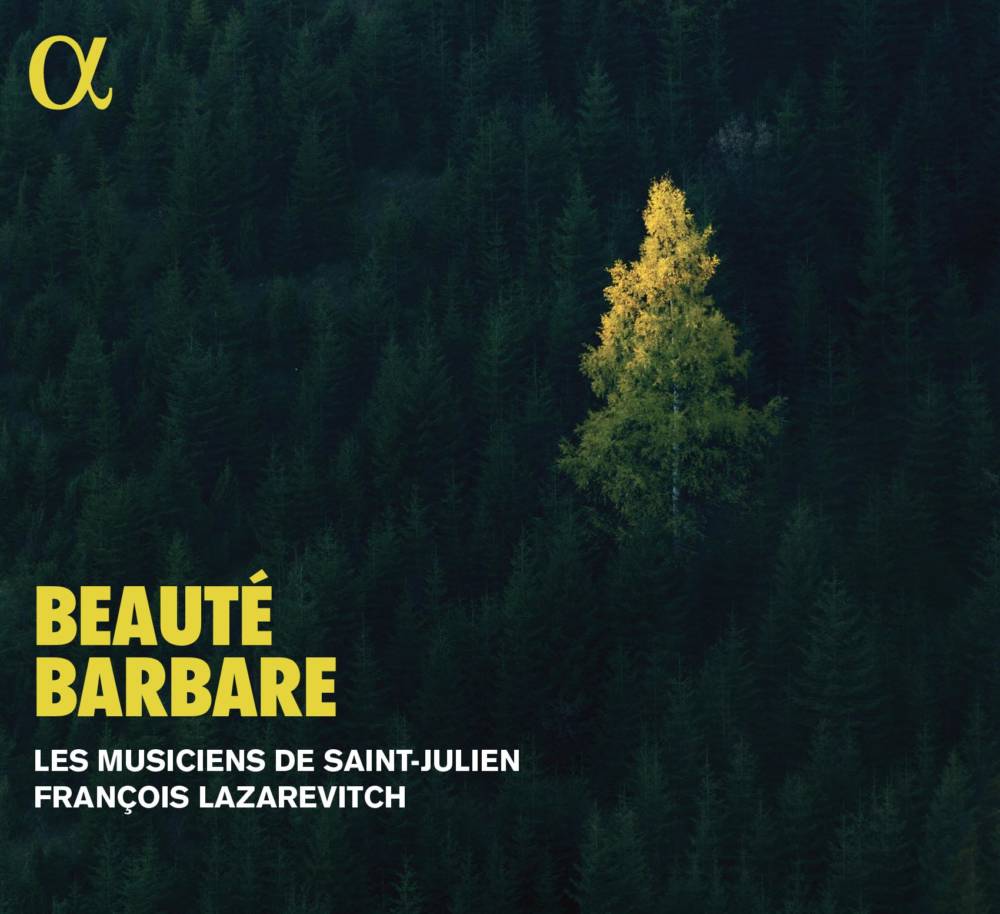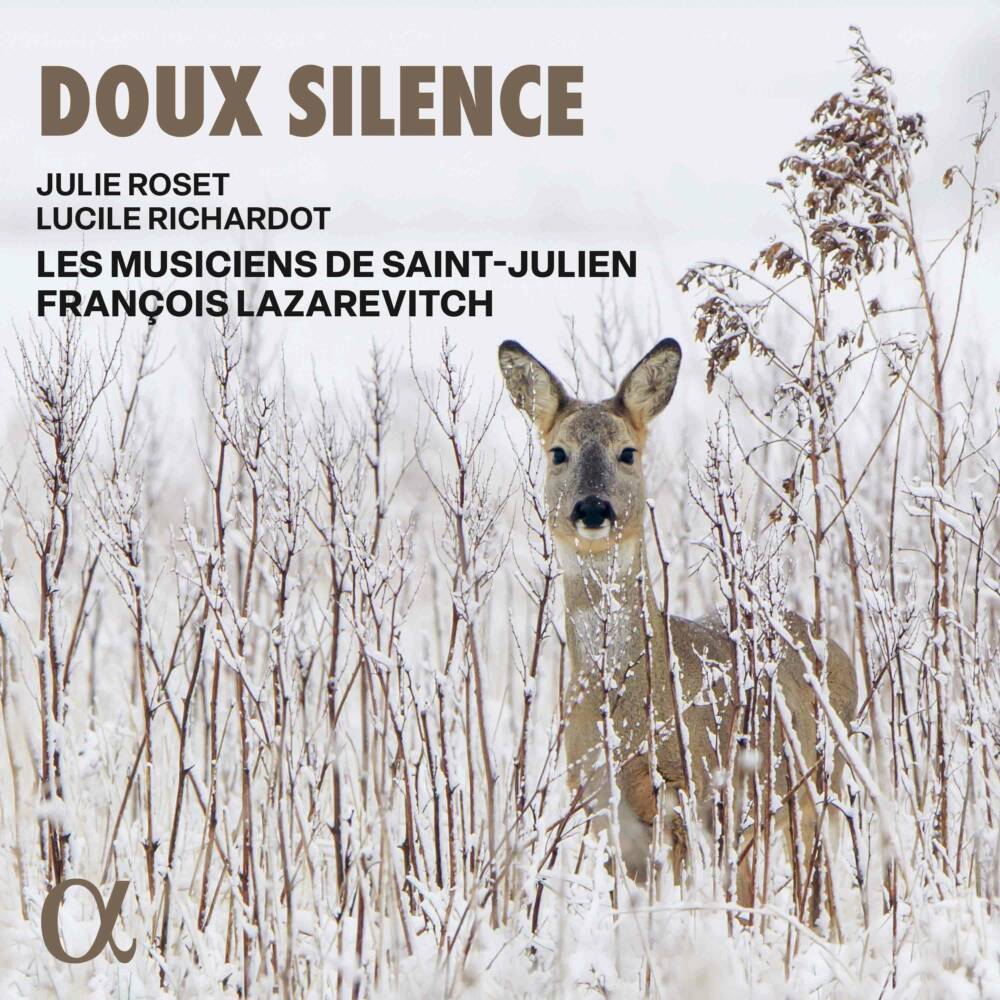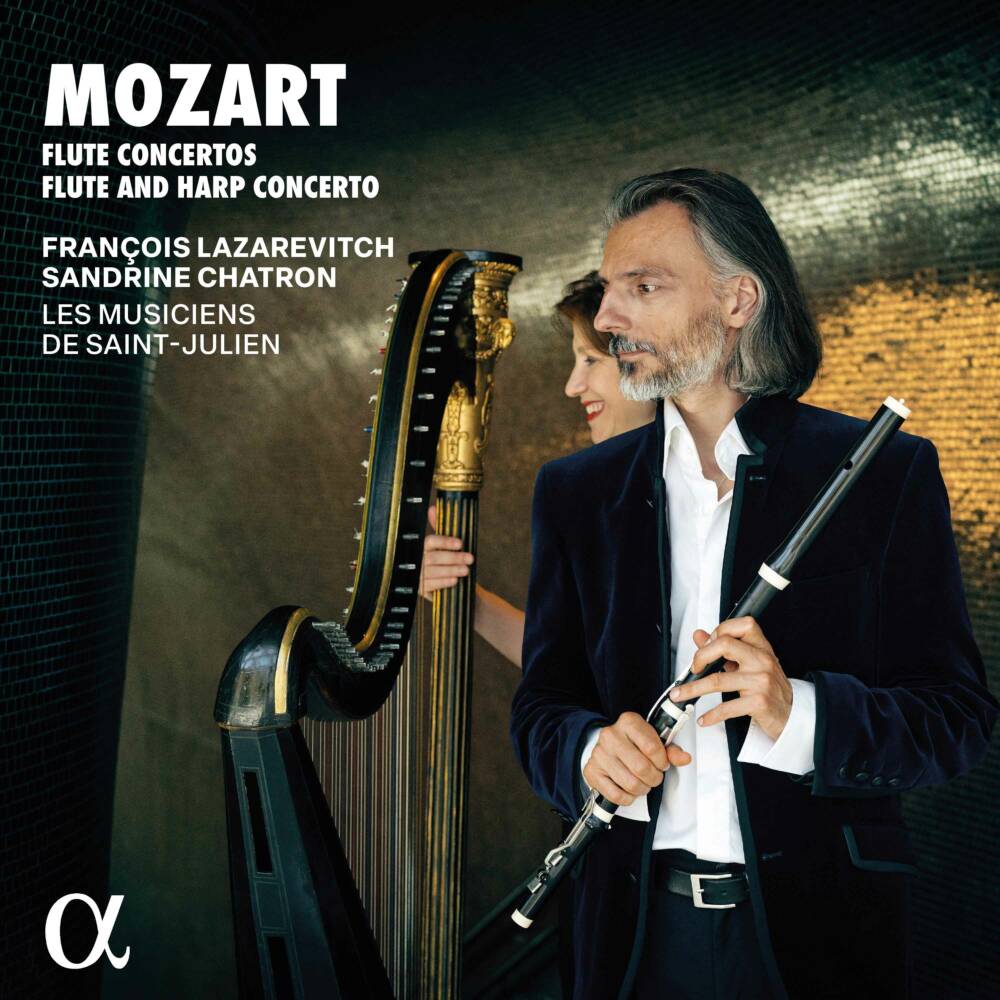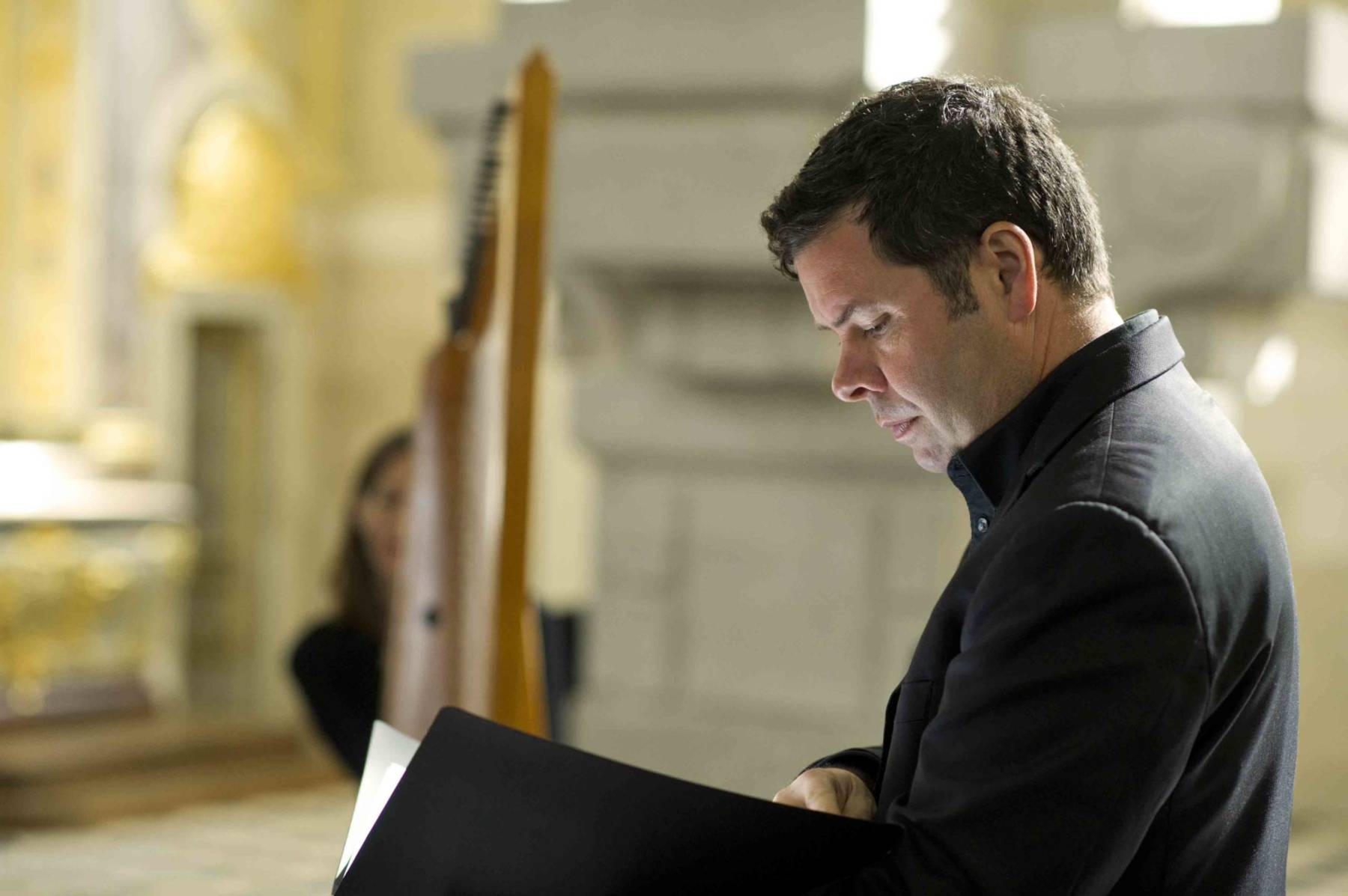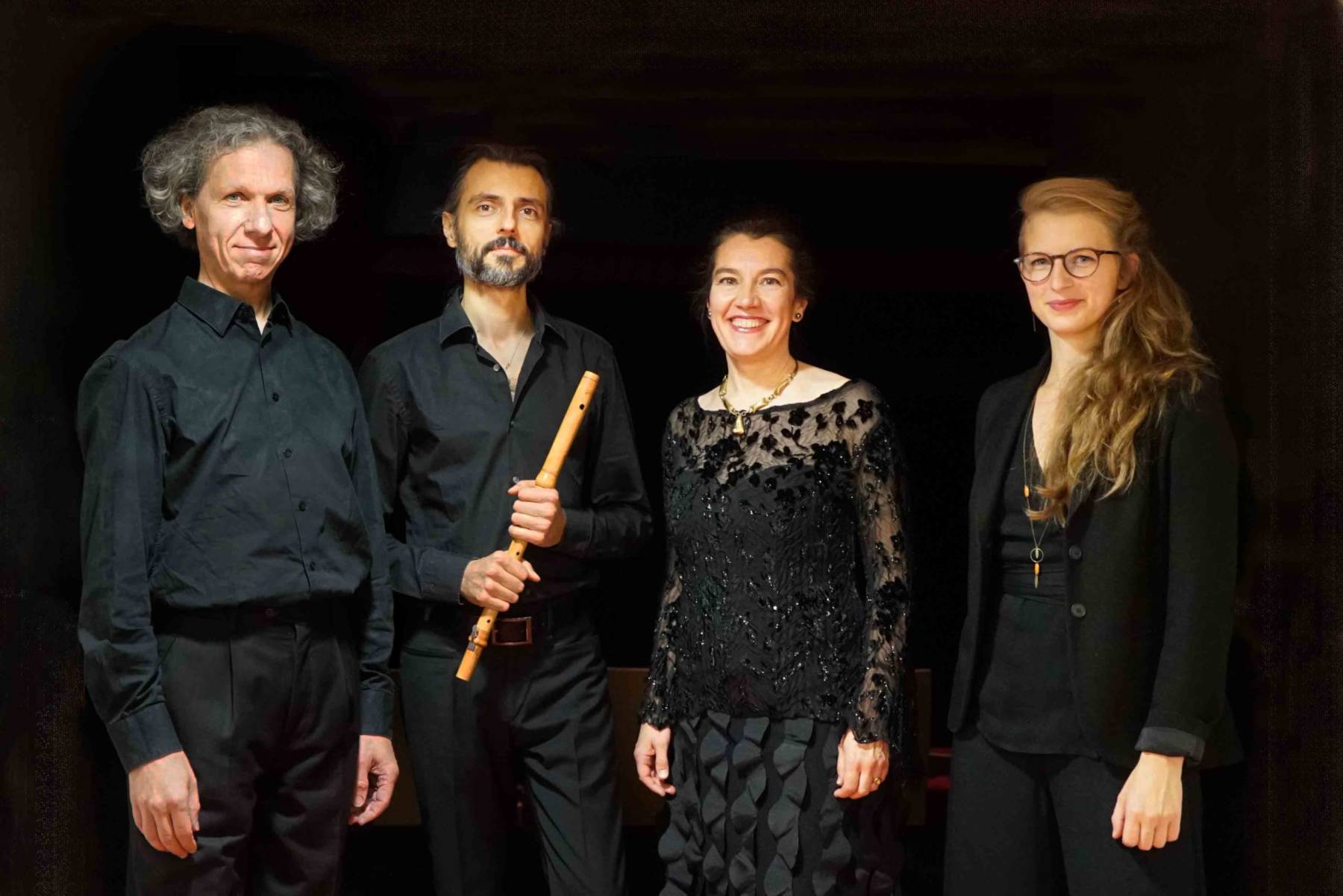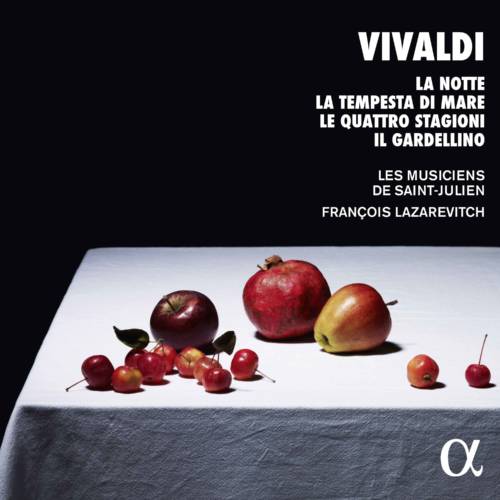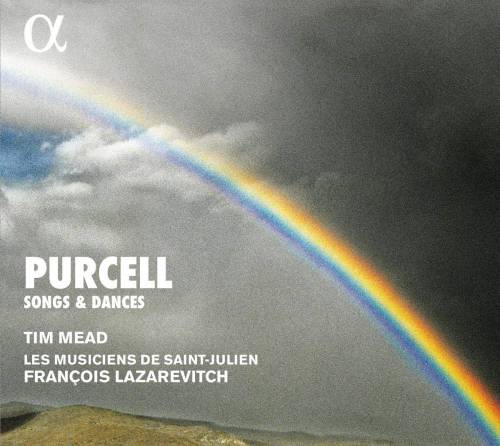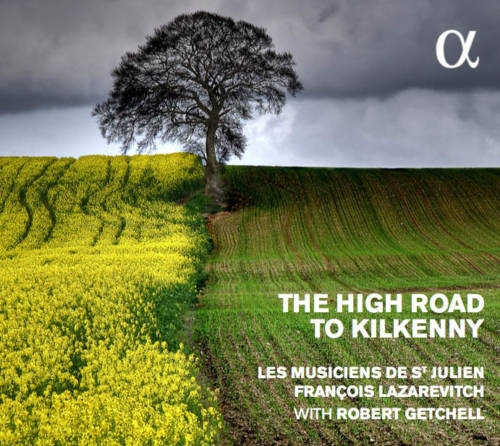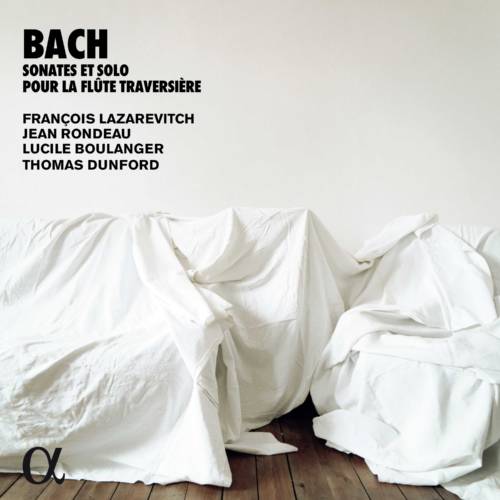The Other Side of the Big Island
A musical voyage from old France to Quebec
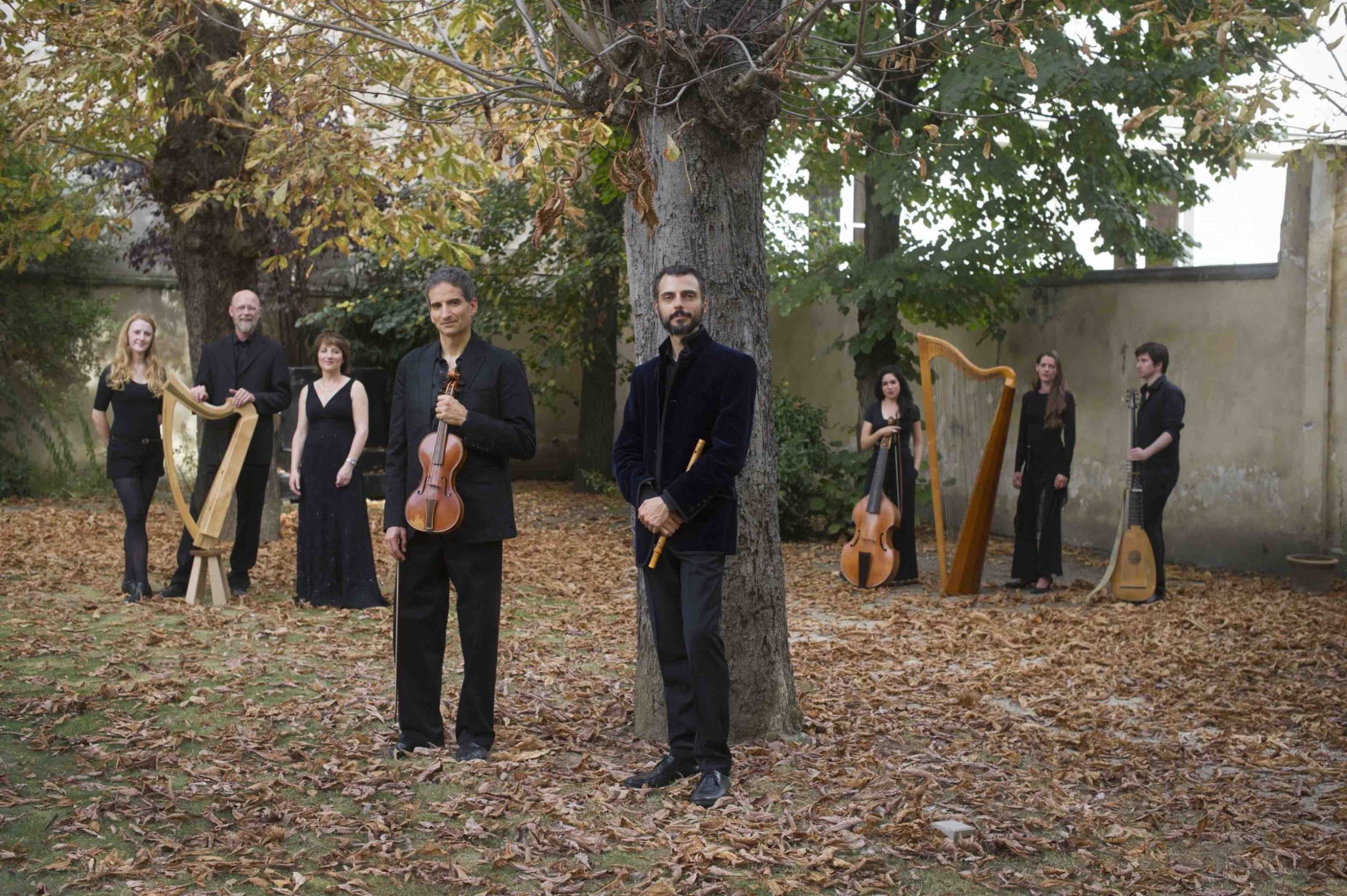
Taking the early seventeenth-century foundation of Quebec by the Frenchman Samuel de Champlain as their starting point, Les Musiciens de Saint-Julien and soprano Élodie Fonnard highlight the musical connections between the two countries over a period of 150 years. It’s a perfect occasion to make a long expedition through time and space, exploring both popular and learned repertoires.
L’Autre bord de la Grande Île, or The Other Shore of the Great Island, offers a double invitation to embark on a journey with Les Musiciens de Saint-Julien as they delve into both learned and traditional repertoires, bringing together the French music from the time of Samuel de Champlain and the songs this navigator/soldier/cartographer discovered in the new land of Quebec. The ports of call of François Lazarevitch, his ensemble, and Élodie Fonnard include England, Ireland, Nova Scotia and New France, where abundant songs, popular airs, and dances – some even danced on stage – awaited them.
This fertile musical and narrative thread also beckons the listener on a voyage through time. It begins in France around 1600 with Prætorius and Guédron and widens its horizons to include the music of Purcell, then Rameau, Couperin, Marais and Boismortier, gradually reaching the second half of the eighteenth century. In their now customary role of “border crossers”, Les Musiciens de Saint-Julien bring about unexpected encounters by juxtaposing countries and eras, written and oral repertoires, and sung and danced genres.
For 1 soprano, 5 instrumentalists et 1 dancer
Solists
Élodie Fonnard, soprano
François Lazarevitch, direction, flutes/smallpipe
Formation
violin, viola da gamba, theorbo / guitar, harp
Production
This show was commissioned by Les Territoires Baroques.
Coproduction Les Musiciens de Saint-Julien, Opéra de Rouen Haute-Normandie, Scène Nationale Évreux-Louviers, Théâtre municipal du Château.
Virtuosity is then achieved thanks to the infinite, the image of the performers and a program that is exemplary in every way.
Jean-François Lattarico
Programme
La France au temps de Samuel Champlain, fondateur de Québec (3 juillet 1608)
Jérome Bujeaud (Chants et chansons populaires des provinces de l’Ouest, 1865)
Celui que mon cœur aime tant
Suite de danses
C.E. Borjon de Scellery (XVIIe siècle)
Dans ces prez, dessus la tendre herbette (Brunette) – Branle de Normandie
Pierre Guédron (ca 1565-1620) : Dessus les rives de la mer
Michael Praetorius, (Terpsichore, 1612) : Suite branles de Poitou
Antoine Boesset (1587-1643) : Puis qu’il est vray (Air de cour, 1623)
Pierre Phalèse (1571) : Gaillarde Au joly boys – Gaillarde d’escosse
L’Angleterre au temps du Prince Ruppert
Henry Purcell (1659-1695) : O Solitude
Anonyme, Londres (XVIIe s.) : Greensleaves
Écosse, Irlande & Cape Breton
Suite de danses irlandaises (publiées dans la 1er moitié du XIXe s.)
The Cunning Young Man (slow air)
The Lady’s Cup of Tea – The Morning Star – The Country Girls Fortune (reels) – O’Neil’s Riding
Suite d’airs écossais publiés au XVIIIe siècle dans le style de la Nouvelle Écosse
Pinkie House (march) – Sir Archibald Grant of Monymusk – The Duke of Gordon’s Birthday (strathspeys) – Isla Reel – Mrs. Grant’s Reel – Colonel Mcbean’s Reel – Johnny’s made a Wadding O’t reel
La Nouvelle-France
R’adieu, ma charmant’ l’Isabeau (chanson traditionnelle québécoise)
Le chant du canot (conte huron)
Jean de Brébeuf (1643) : Iesus Ahattonia (cantique de Noël en huron)
Une soirée chez Mr Berthelot
Jean-Philippe Rameau (1683-1764) : Rossignols amoureux (extrait d’Hippolyte et Aricie)
François Couperin (1668-1733) : Les Vendangeuses (dans ms. Berthelot – Bibliothèque du Séminaire de Québec)
Marin Marais : Prélude en la mineur (Troisième Livre, 1711)
Joseph Bodin de Boismortier (1689-1755) : Rondeau gai pour les Matelots – Tambourins (Daphnis et Chloé, 1747)
La veillée du bon vieux temps
Trinque l’amourette (chanson traditionnelle québécoise)
À la claire fontaine (chanson traditionnelle québécoise)
Suite de danses
Jean Benjamin de Laborde (1780) : Danse de la Basse Bretagne, Passepied – Danse de M.Lasanté – Brandy – Le reel des Voyageurs – Le reel du Sirop d’érable
